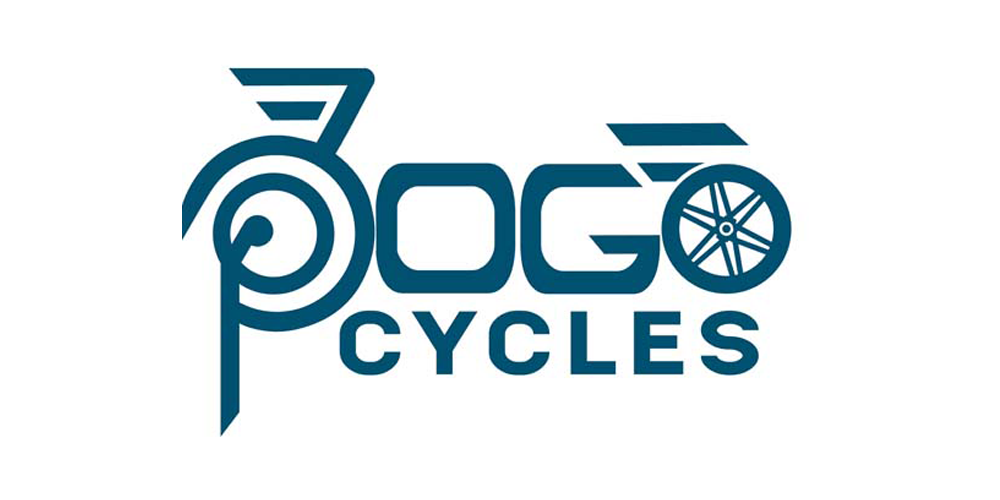Anatomy of E-Bikes: Understanding the Essentials
Engineering and baking share a fascinating similarity: both involve combining various elements to create something greater than the sum of its parts. This concept is vital in understanding the construction of electric bikes. Every component, from motors and tires to batteries and bells, plays an essential role in making each ride an adventure. To help you get a better grasp of how your e-bike works, we’ve put together a comprehensive guide to the anatomy of e-bikes.
Introduction to Anatomy of E-Bikes
For newcomers, understanding the intricacies of an electric bike’s system can be challenging. This guide anatomy of e-bikes aims to demystify the various parts of an e-bike, highlighting their functions and importance.
The electric motor, battery, and display unit are the three essential parts of an e-bike. Additionally, the assistance level control unit allows you to choose the level of assistance you need. The bike’s frame houses the electric motor and battery, while the handlebars hold the display unit and the control unit for the assistance level.
Display Unit
Battery Level Indicator
At the top of the display, the battery level indicator shows the remaining battery life, typically represented by five bars at full charge. As you use the electric motor, the number of bars decreases.
Speed Indicator
In the center of the screen, large, bold numerals display your current speed. Depending on the unit settings, this can be shown in miles per hour (MPH) or kilometers per hour (KPH).
Assistance Level
The grid on the right side of the screen indicates the selected assistance level. When you start cycling without assistance, "Off" will be displayed. You can choose the desired level of assistance using the control unit on the left side of the handlebars.
Frame
The frame is the backbone of a bicycle, connecting all components. Typically tubular rather than solid, the frame's design provides strength and stability. It’s essential for supporting the weight of both the rider and the bike’s components.
Handlebars
Modern handlebars are generally straighter and fit into the head tube, the front portion of the frame. They provide control and stability, allowing you to steer the bike effectively.
Cycling Seat
Bicycle seats come in various sizes and styles, attached to a tubular stem that fits into the seat tube of the frame. Proper seat adjustment is crucial for comfort and efficient pedaling.
Wheels
E-bikes typically have two wheels of varying diameters, depending on the bike type. The rear wheel is held by the chain stay, while the front wheel is attached to the frame via a fork. Each wheel consists of a metal frame (rim) connected to a hub by spokes, maintaining the wheel’s shape and strength.
Pedals
Pedals are where all the action happens. Attached to the bottom bracket of the frame, they transfer the rider’s pedaling motion to the wheels through a network of chains and gears. Grooved pedals or pedal clips help prevent the rider's feet from slipping.
Front Derailleur
The front derailleur moves the chain between chainrings, allowing the rider to adjust the bike’s gearing to suit different riding conditions.
Chain (or Drive Chain)
The chain transmits the pedaling motion by meshing with sprockets on the chainring and rear gears. It connects the pedal and crank mechanism to the rear wheel hub via the chain stay.
Rear Derailleur
The rear derailleur shifts the chain across the rear gears, changing the bike's gear ratios and allowing the rider to adapt to varying road conditions.
Brakes
Rear Brake Mechanism
The rear brake, operated by a brake cable, stops the bike by pressing brake pads against the wheel's sidewalls. This mechanism includes a caliper and return springs.
Tires
E-bike tires are designed for durability and stability. They often feature puncture-resistant inner linings and a lower center of gravity, providing a smoother ride and better performance, especially with additional luggage.
Wheel Valve
A small valve on the inner tube allows air to enter and prevents it from escaping, maintaining tire pressure.
Spokes
Thin metal rods, known as spokes, connect the hub to the rim, distributing weight and providing structural integrity.
Rim
The rim is the outer metal ring of the wheel, to which the tire is attached.
Hub
Located at the center of the wheel, the hub contains ball bearings that allow the wheel to rotate smoothly around its axle.
Cables
Cables run from the handlebars to the brakes and gears, allowing the rider to control these functions via handlebar levers. They are typically secured to the frame to prevent accidents and ensure smooth operation.
Conclusion
Understanding the anatomy of e-bikes is not only fascinating but also beneficial. Knowing how each component functions can enhance your riding experience and help you perform basic maintenance and repairs. From the frame and wheels to the display unit and motor, every part plays a crucial role in the overall performance and enjoyment of your e-bike.
- Explore our exclusive collection at Pogo Cycles to find the perfect e-bike and accessories for your needs.













